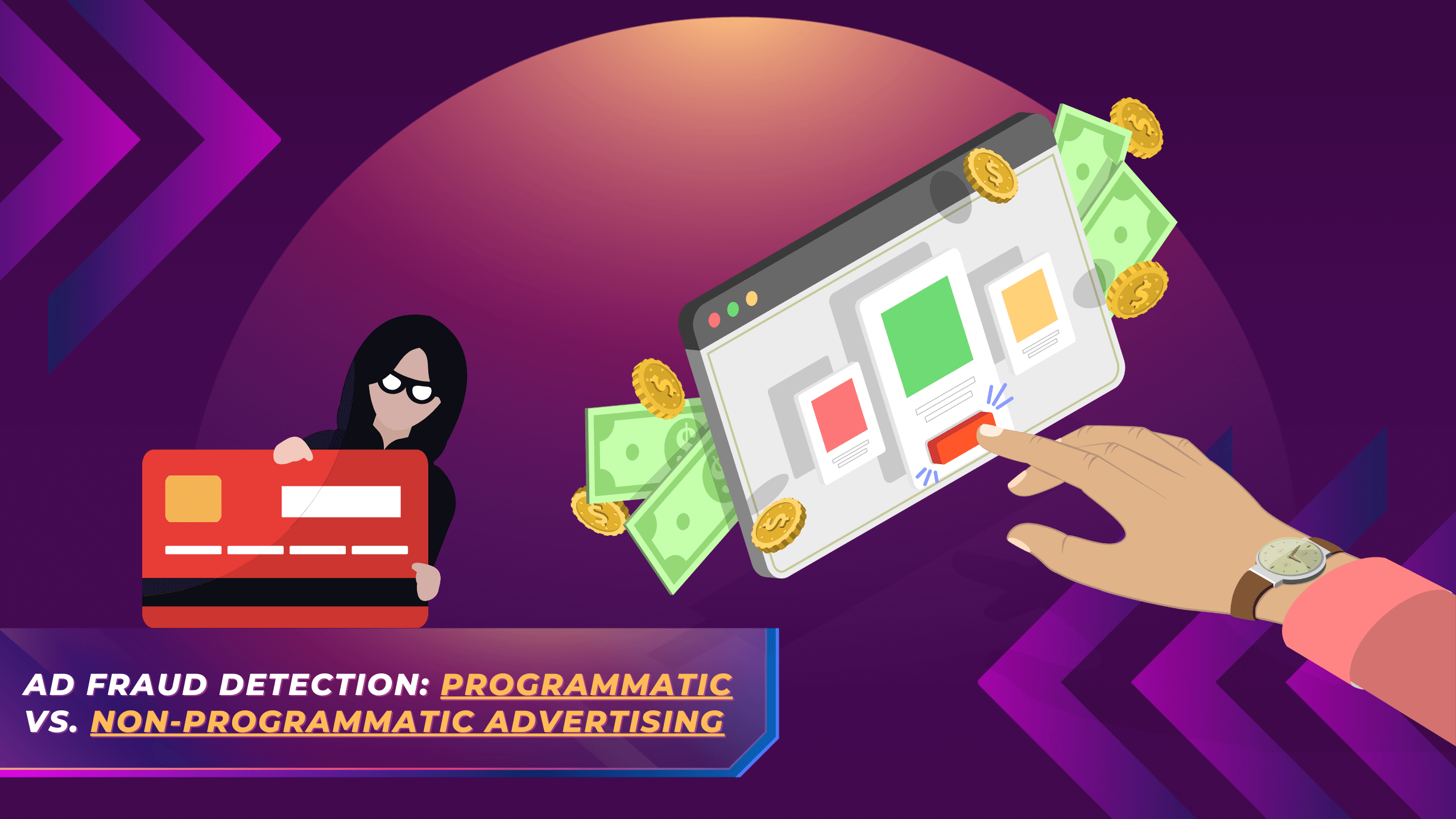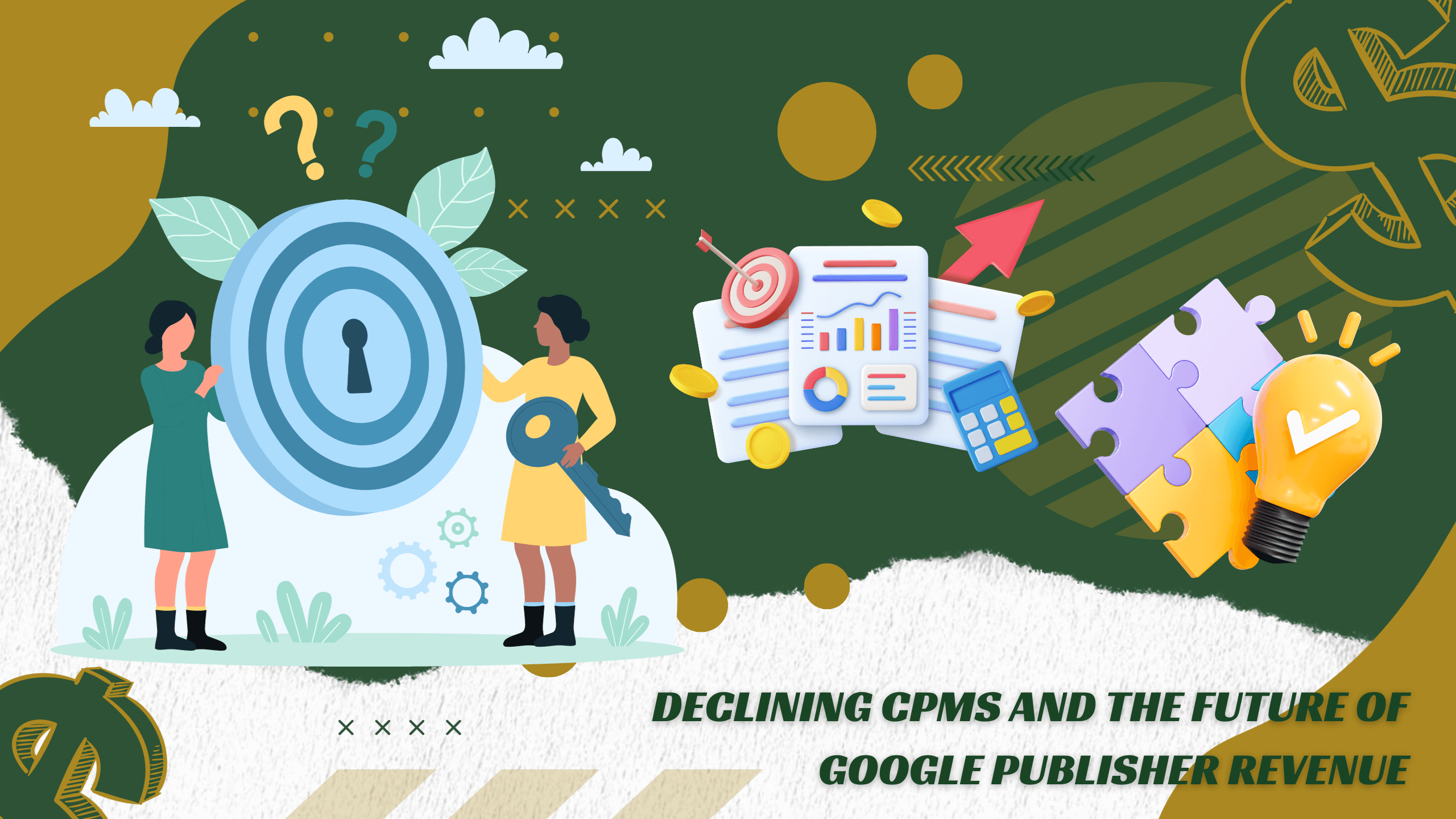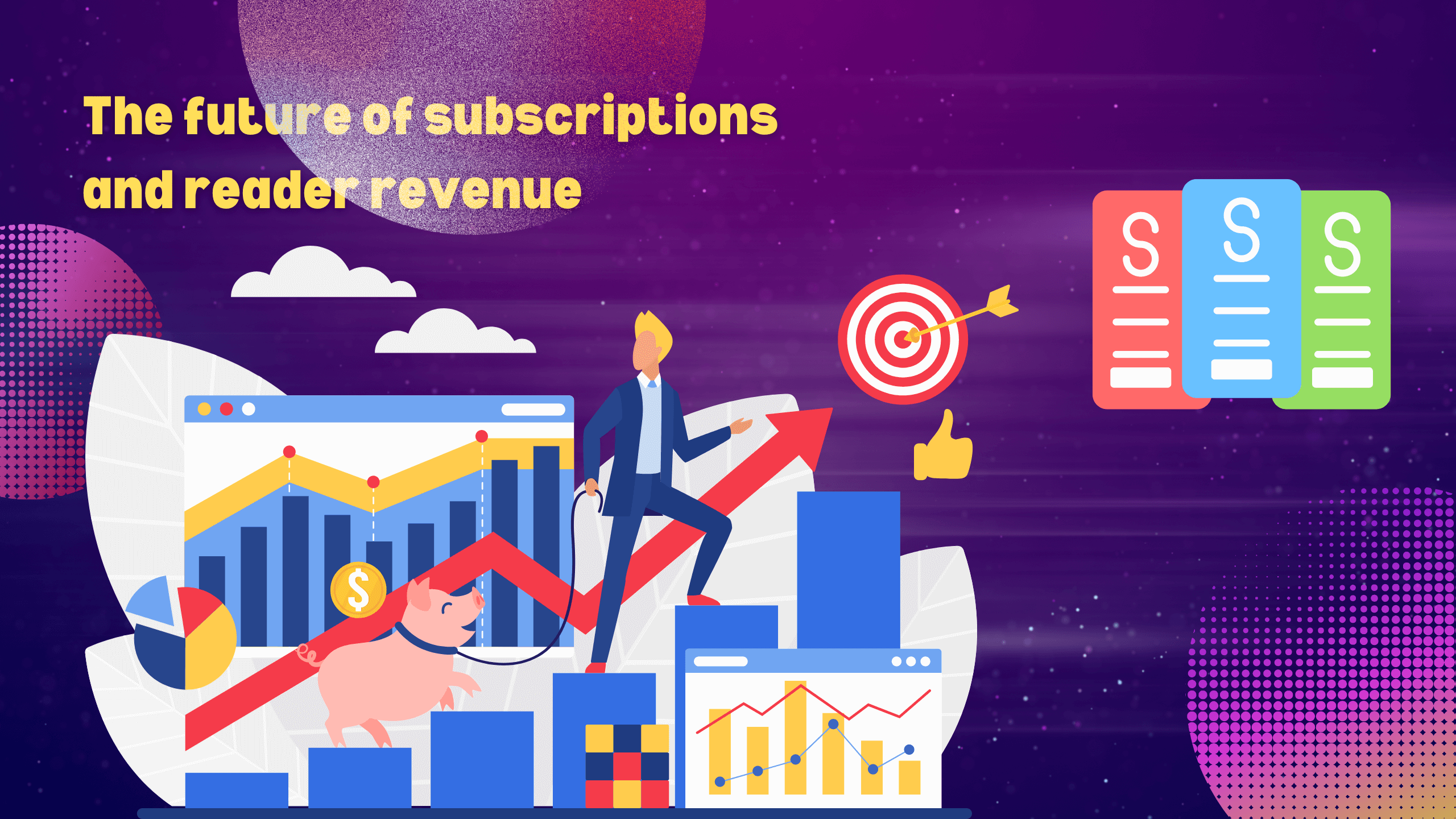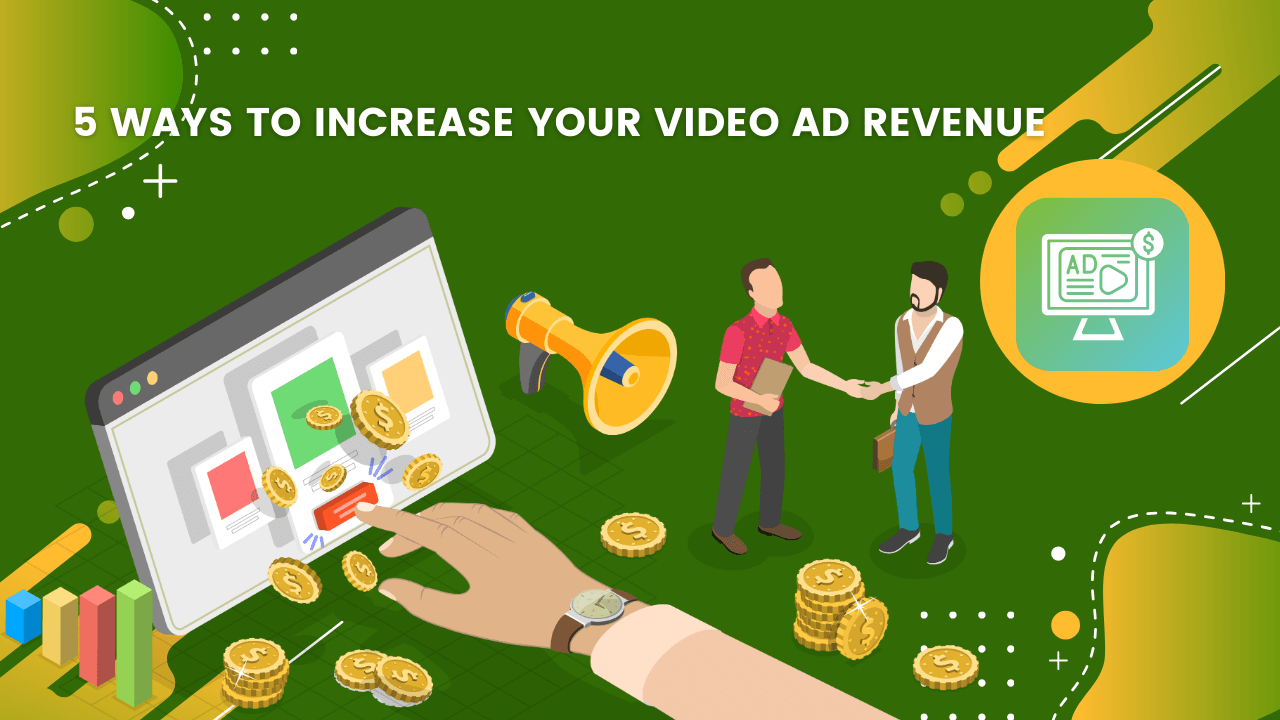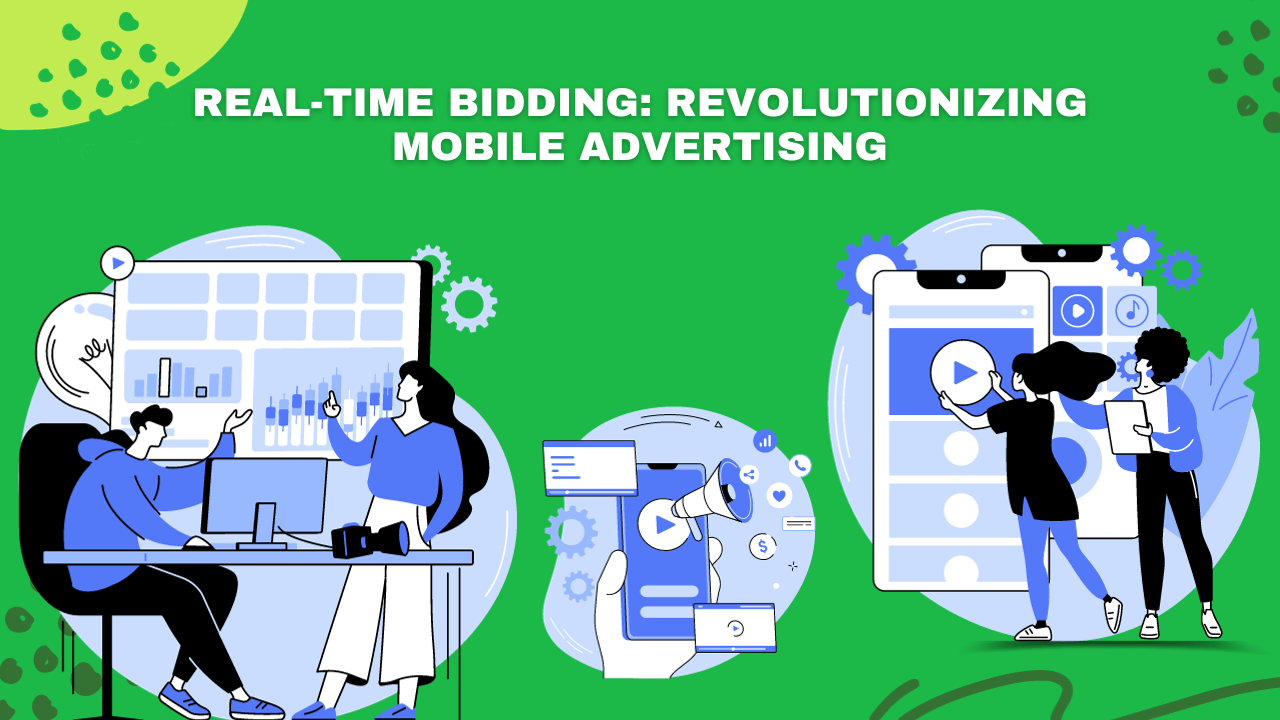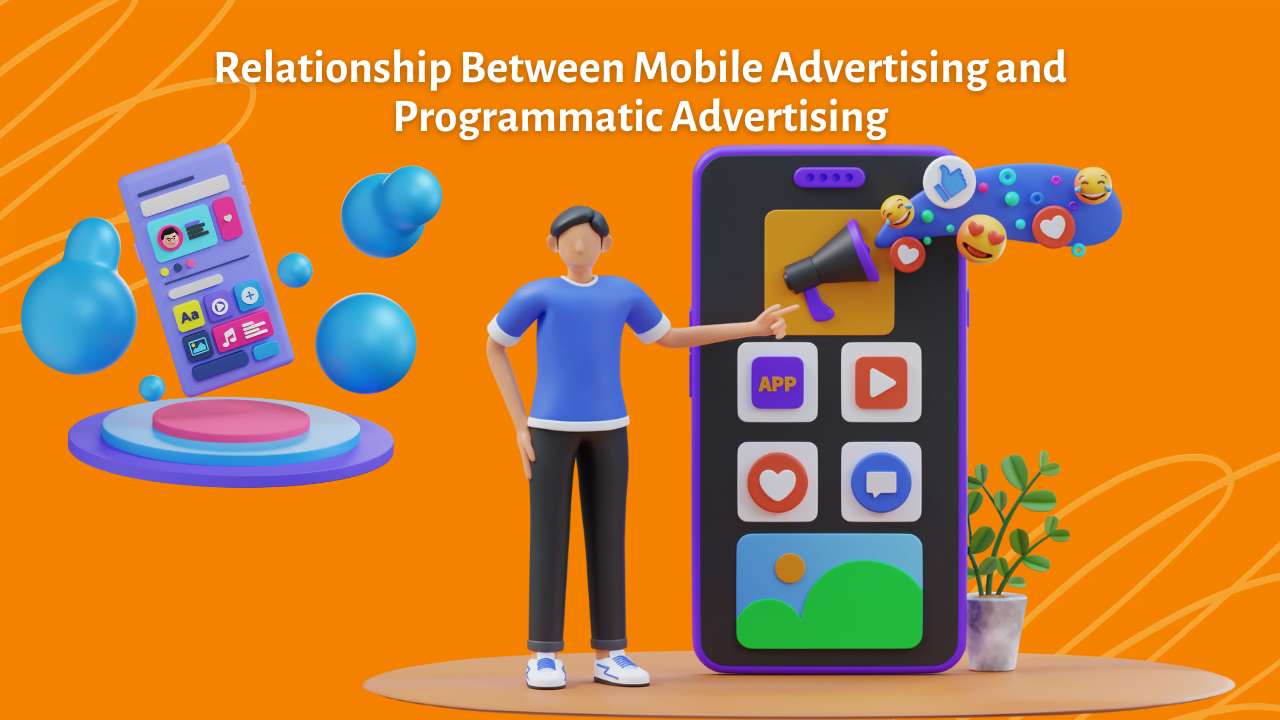Ad fraud poses a significant threat to both advertisers and publishers. Fraudulent activities, such as generating fake impressions or clicks, siphon away valuable advertising dollars and undermine the effectiveness of marketing campaigns. As a Google Publisher, understanding the nuances of ad fraud detection in programmatic and non-programmatic advertising is crucial for protecting your revenue and maintaining a healthy advertising ecosystem.
Understanding Ad Fraud in Programmatic Advertising
Programmatic advertising, with its automated buying and selling of ad inventory, presents unique challenges for ad fraud detection. Fraudsters exploit the complexities of programmatic platforms to generate fake impressions, clicks, or conversions, often using sophisticated techniques such as botnets and domain spoofing.

Common Types of Ad Fraud in Programmatic Advertising
1. Bot Traffic:
Fraudsters deploy bots to mimic human behavior and generate fake impressions or clicks on ads.
2. Domain Spoofing:
Fraudsters disguise low-quality websites as premium publishers to attract ad buyers, resulting in wasted ad spend.
3. Pixel Stuffing:
Fraudsters inject invisible ad pixels into websites to inflate impression counts and generate fraudulent revenue.
Ad Fraud Detection Techniques in Programmatic Advertising
Fortunately, sophisticated ad fraud detection techniques are available to combat these threats:
Traffic Quality Analysis: Analyzing traffic patterns and identifying anomalies can reveal bot activity and suspicious behavior.
IP Address Verification: Cross-checking IP addresses against known fraud databases can identify suspicious sources of traffic.
Device Fingerprinting: Tracking device identifiers and browser configurations can help detect fraudulent activity.

Ad Fraud Detection in Non-Programmatic Advertising
Non-programmatic advertising, involving direct deals between publishers and advertisers, is not immune to ad fraud. However, the detection methods differ due to the absence of automated platforms.
Common Types of Ad Fraud in Non-Programmatic Advertising
- Click Fraud: Fraudsters generate fake clicks on ads, often through incentivized traffic or automated scripts.
- Impression Fraud: Fraudsters manipulate ad viewability metrics to inflate impression counts and generate fraudulent revenue.
- Conversion Fraud: Fraudsters hijack legitimate conversions or fabricate fake conversions to claim undeserved commissions.
Detecting ad fraud in non-programmatic advertising relies on manual monitoring and analysis:
Click-Through Rate (CTR) Monitoring: Abnormally high or low CTRs can indicate fraudulent activity.
Conversion Rate Monitoring: Unusual spikes or drops in conversion rates may signal fraudulent conversions.
Traffic Source Analysis: Examining traffic sources and identifying suspicious patterns can reveal fraudulent activity.
Key Differences in Ad Fraud Detection: Programmatic vs. Non-Programmatic
The primary distinction lies in the level of automation and data availability.
Programmatic: Automated platforms provide vast data sets for analysis, enabling sophisticated fraud detection algorithms.
Non-Programmatic: Manual analysis and limited data availability make fraud detection more challenging.
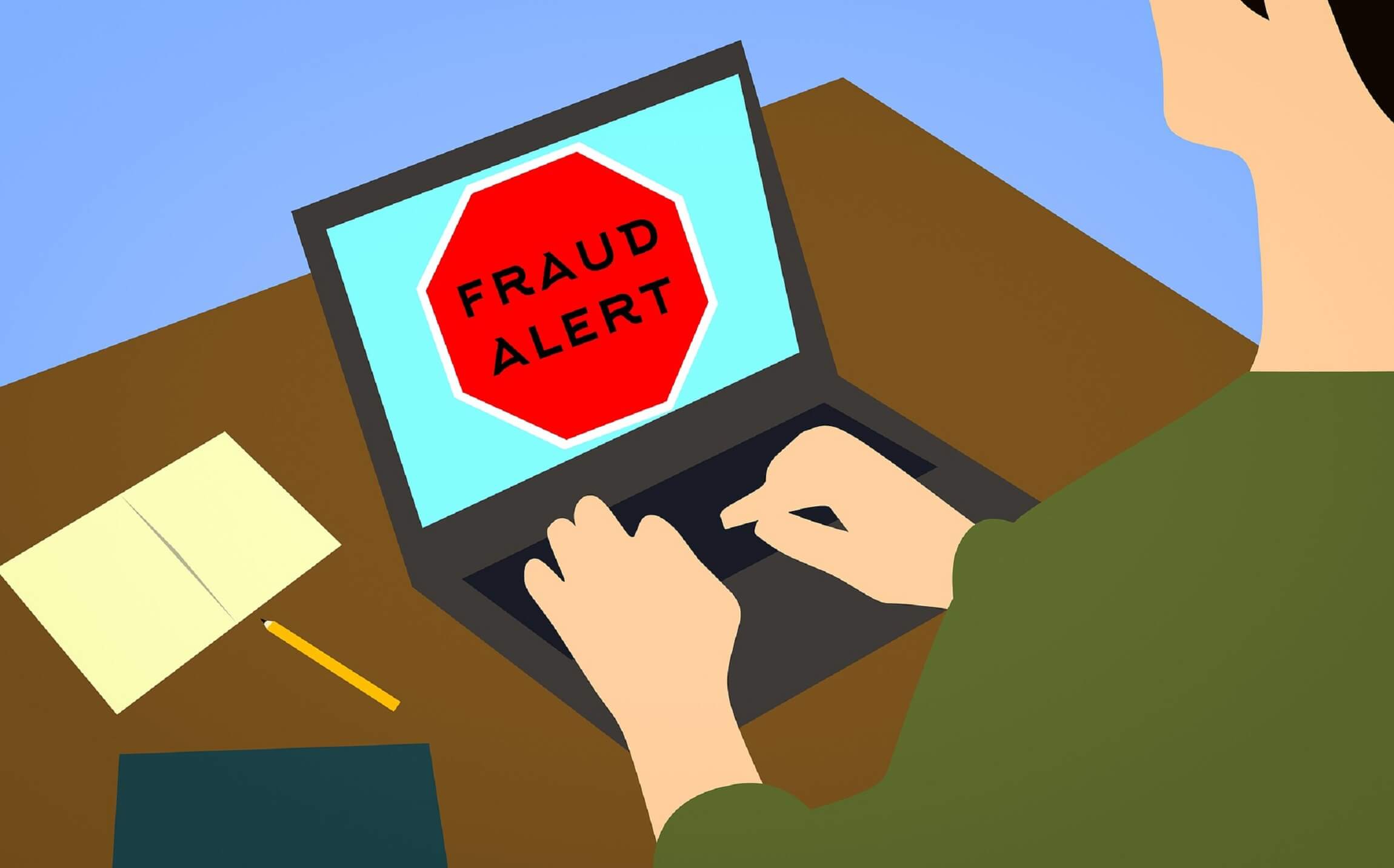
Implications for Google Publishers
As a Google Publisher, understanding these differences is crucial for protecting your revenue and maintaining a healthy advertising ecosystem:
For programmatic advertising:
To navigate the dynamic landscape of online advertising successfully, it’s paramount to establish partnerships with trustworthy programmatic platforms equipped with robust fraud detection mechanisms. Vigilance is key in maintaining a secure digital environment. Consistently monitoring traffic quality allows for the identification of any irregularities or anomalies, ensuring transparency and efficiency. To bolster your defense further, consider leveraging specialized third-party fraud detection tools for comprehensive and in-depth analysis. These practices collectively reinforce the integrity of your advertising endeavors, assuring a safer and more reliable experience for all stakeholders involved.
For non-programmatic advertising:
In the realm of online advertising, maintaining a vigilant eye on traffic sources is paramount. Take the time to scrutinize potential advertisers and their traffic sources meticulously. Additionally, institute manual monitoring processes that encompass monitoring click-through rates (CTR), conversion rates, and overall traffic patterns. This hands-on approach helps in identifying any discrepancies promptly. Furthermore, consider tapping into the expertise of third-party fraud detection services when it comes to manual fraud detection. This collaborative approach enhances your ability to maintain transparency and security, safeguarding your digital advertising ecosystem.
Conclusion: Safeguarding Your Advertising Revenue
Ad fraud poses a significant threat to the integrity of digital advertising. By understanding the nuances of ad fraud detection in programmatic and non-programmatic advertising, Google Publishers can effectively safeguard their revenue, maintain a healthy advertising ecosystem, and ensure that their valuable ad inventory reaches genuine audiences.

